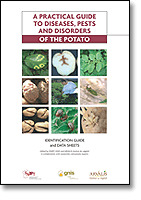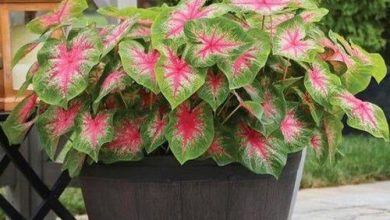Dimorphoteca: [Characteristics, Cultivation, Care and Disadvantages]
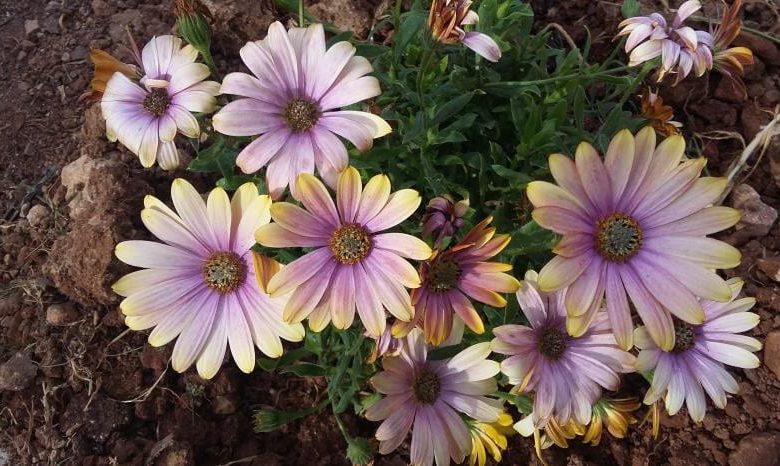
Important points when planting a Dimorphoteca:
- When? Dimorphotheca plants are adapted to germinate, grow, flower, and seed during rainy winters.
- Where? These plants are great choices for growing in a container garden when brightness and lots of blooms are the goal.
- How do we water? Watering for dimorphothecae should be done during the morning hours, with plenty of water at room temperature, but without flooding the crop.
- How often do we water? Dimorphotheca must be watered regularly and at least twice a week with plenty of water, avoiding saturation of the substrate.
- What care does it require? Dimorphothecae are plants that require little care for their development and growth, so they are highly valued for planting in patios and gardens.
- What pests and diseases affect you? Among the pests that affect dimorphotheca plants are: aphids and whiteflies.
What characteristics does the dimorphotheca plant have?
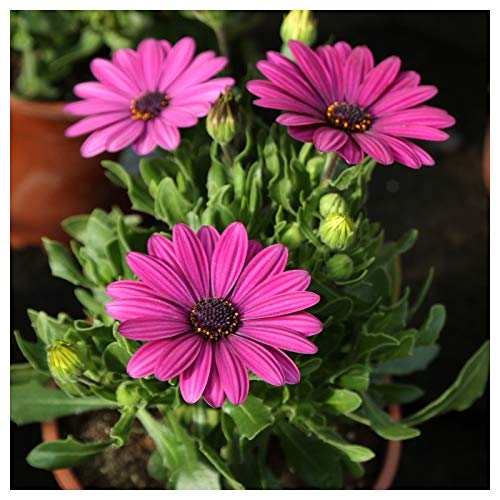 The dimorphotecas are a genus of plants of the Asteraceae family that include annual or perennial varieties and have their origin in South Africa.
The dimorphotecas are a genus of plants of the Asteraceae family that include annual or perennial varieties and have their origin in South Africa.
The sunflower and other species such as the African daisy, the cape marigold and the Veldt star, among others, belong to this genus.
Dimorphotheca plants are characterized by having numerous stems and many lanceolate leaves with a leathery and waxy consistency.
They have hermaphroditic flowers with male and female functions. The female flowers are the outermost and have the shape of ligulate petals that give the flower an unstable color and the male ones are the central part or disk of the head.
They have a long-lasting flowering that begins in spring and ends with the arrival of cold, time in which the aerial part of the flower dries up to reappear during spring.
What are the best known species of dimorphotheca?
Aurantiaca (D. sinuata)
It is an ornamental plant. It reaches less than 40 cm in height. It has light green leaves, alternated along the stems .
Its flowers are intense orange and those of the central disk are dark brown. The flowers can measure up to 5 cm wide associated in chapters.
Pluvial (D. annua)
It is a herbaceous plant. It has tall stems 30 to 40 cm high. Its leaves are entire, long, narrow and sometimes toothed or pinnately lobed.
The flowers are about 5 cm wide, particularly fragrant, white and reddish in color with a yellowish-brown central disk. It has a long flowering period from June to August.
Cuneata (D. Thumb)
It is a bushy, upright, hardy shrub. It reaches a size of 1 m in height and can grow up to 1.5 m. It has linear, toothed, alternate leaves that are aromatic when crushed. Its flowers are mainly white, but their color varies from white to orange and, in some cases, pink.
The flowers of its central disk are yellow.
When to sow dimorphothecae?
Dimorphotheca plants are adapted to germinate, grow, flower, and seed during rainy winters. The cultivation of the plant can be done through cuttings or healthy and robust seeds.
They are species that can survive as seeds, during dry summers.
Where to plant dimorphothecae?
These plants are great choices for growing in a container garden when brightness and lots of blooms are the goal.
All dimorphothecae add color to planting sites because their petals vary in shades: yellow, red, purple, white, orange, and salmon.
How do we water the dimorphothecae?
Watering for dimorphothecae should be done during the morning hours, with plenty of water at room temperature, but without flooding the crop.
Experts recommend watering only the base of the soil, taking care not to wet the leaves, for best results in the next crop. It is necessary to avoid excess water during periods of summer drought, since they are plants of South African origin and require a dry period.
How often do we water the dimorphotecas?
Dimorphothecae should be watered regularly and at least twice a week with plenty of water, avoiding saturation of the substrate.
How to plant a dimorphoteca step by step?
The planting of the dimorphotecas should be done in May and October.
- Cut a compact and well-branched seedling from a dimorphotheca or select the seeds from healthy and vigorous varieties.
- Fill the seedbeds with universal substrate, sand or finely ground bark.
- Sow and disperse the seeds of the dimorphothecae in the seedbeds.
- Water abundantly without flooding and then do it frequently.
- Locate the seedbed in a place with full sun.
- Transplant after germination, 6 to 7 weeks, and preferably in late spring or fall.
- Select a well-drained place in full sun for the transplant of the dimorphothecae.
- Dig holes not so deep for transplanting.
- Fill and amend sandy and clay soils with organic matter.
- Extract the germinated plants and place them very carefully in their new destination.
- Sow the dimorphothecae with a space of 25 cm between each one.
- Place abundant irrigation to settle the soil, keeping the roots out.
- Cover the area with leaf or bark compost, without piling them up.
What care do dimorphotheca need?
Dimorphothecae are plants that require little care for their development and growth, which is why they are highly valued for planting in patios and gardens.
However, to obtain a better result from the crop, certain precautions and requirements must be followed: Select material for planting, seeds or cuttings, from healthy and strong plants.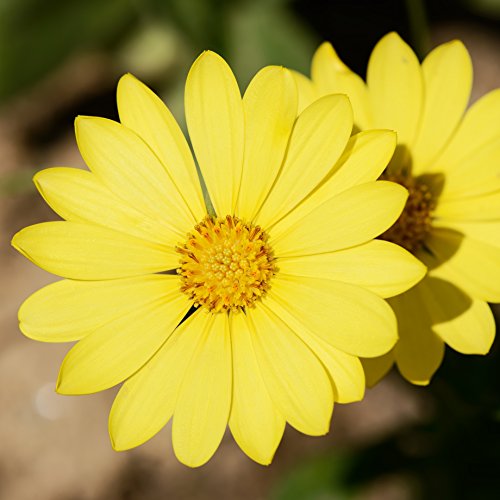
Choose a well-drained, sandy substrate or soil that can be a mixture of garden soil, peat moss and sand. The plants of the genus dimorphotheca should be grown in full sun and away from cold currents.
Regularly prune the dimorphothecae so that they receive plenty of sunlight and avoid outbreaks of crop diseases. Fertilize every two or three weeks with liquid fertilizers, diluted in the irrigation water in a proportion of 50-50, during the growing season.
What pests and diseases affect dimorphothecae?
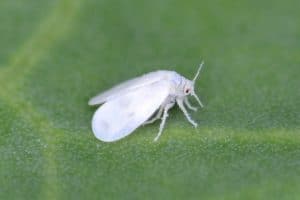 Dimorphothecae attract pests that proliferate rapidly, so it is necessary to maintain strict control of planting, especially during spring and summer.
Dimorphothecae attract pests that proliferate rapidly, so it is necessary to maintain strict control of planting, especially during spring and summer.
Among the pests that affect dimorphotheca plants are: aphids and whiteflies.
The presence of insects can be observed in dimorphotheca plants by cuts or bites and the discoloration of their leaves. Diseases can also be present in dimorphothecae, including gray mold.
Humid environments can promote the appearance of the fungus, so the parts that have been infected should be cut. It is also recommended to leave the infected crop under ventilation and check that the fungus is not present on other plants.
The pests and diseases that attack the dimorphothecae can totally destroy the plants, so it is necessary to maintain the necessary care and control over the plantation.
Bibliographic references
- Asteraceae, P.P.J. Herman, N. Swelankomo –Bothalia,
- Ornamental species of the asteraceae family cultivated in the green areas of Western Sicily (Italy), S Rossini Oliva, FM Raimondo… – Lagascalia, 23, 75-84…, 2003 – idus.us.es
- Diversity and distribution of the Asteraceae family in Mexico, JL Villaseñor – Botanical Sciences, 2018 – scielo.org.mx
- The Asteraceae family in the state of Zacatecas (Mexico), J de Jesús Balleza, JL Villaseñor – Acta Botanica Mexicana, 2002 – redalyc.org
- The Asteraceae family in the flora of the Bajío and adjacent regions, JL Villaseñor, E Ortiz – Acta Botanica Mexicana, 2012 – scielo.org.mx


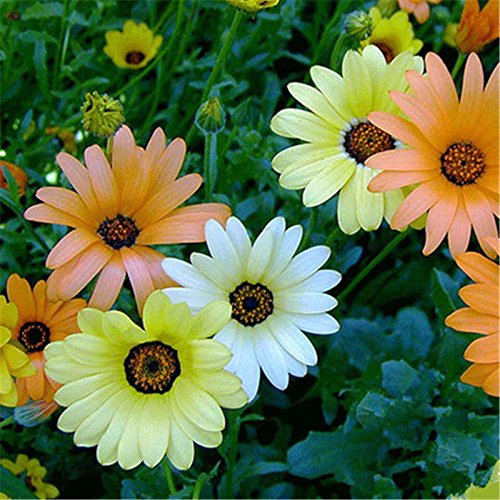

![Photo of Apple Diseases and Pests: [Identification and Treatment]](https://www.complete-gardening.com/wp-content/uploads/2022/08/apple-diseases-and-pests-identification-and-treatment-390x220.jpg)
